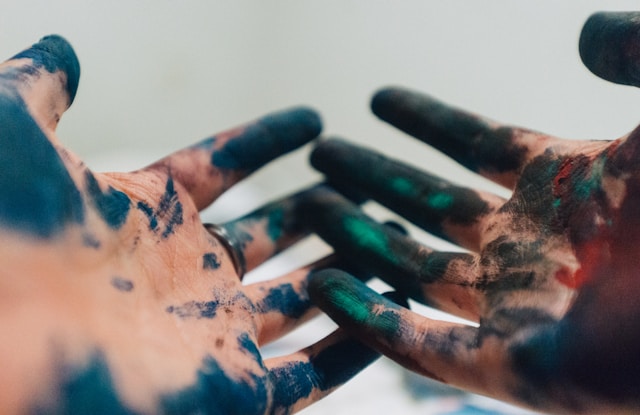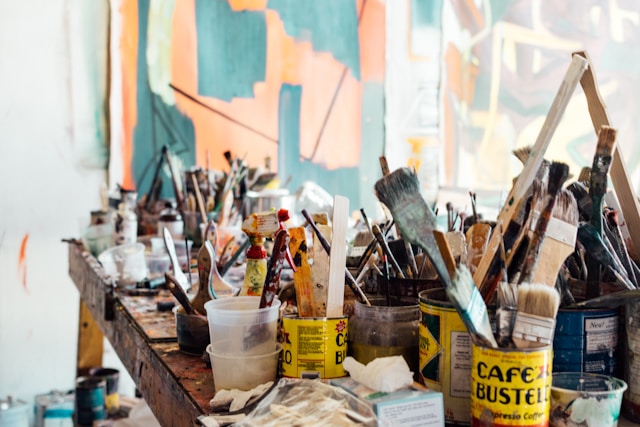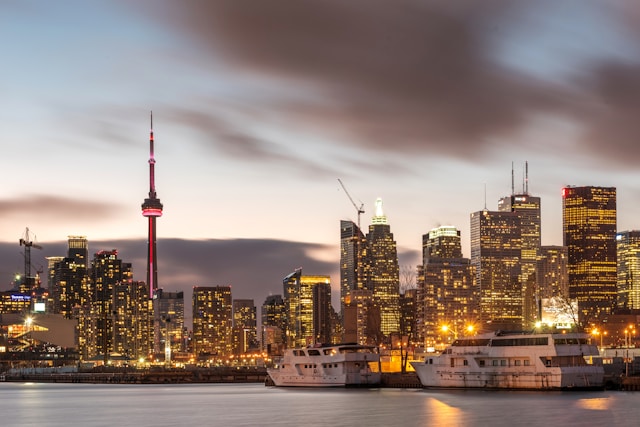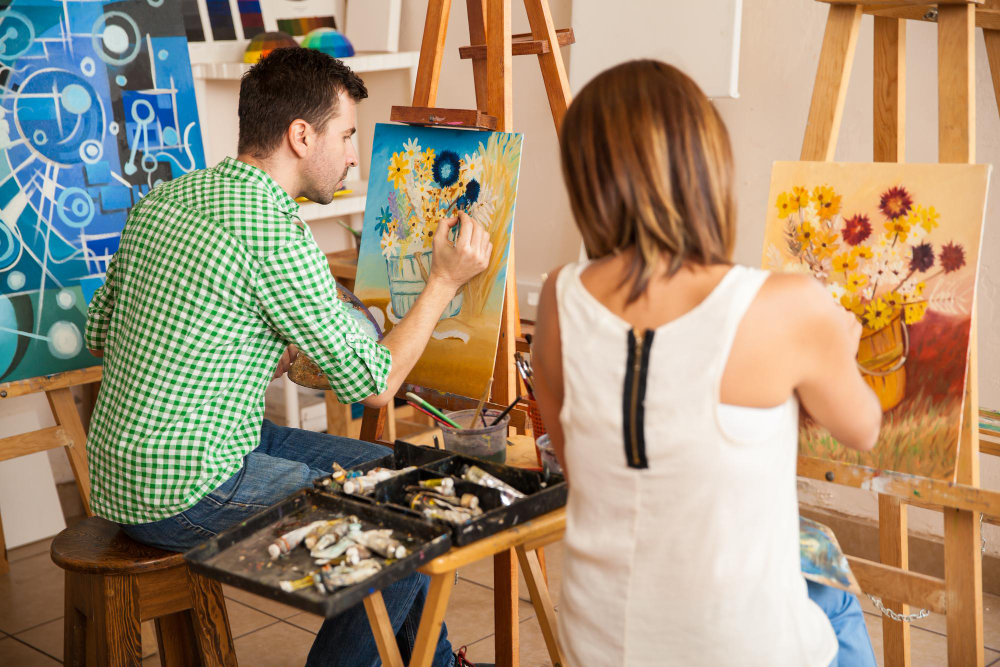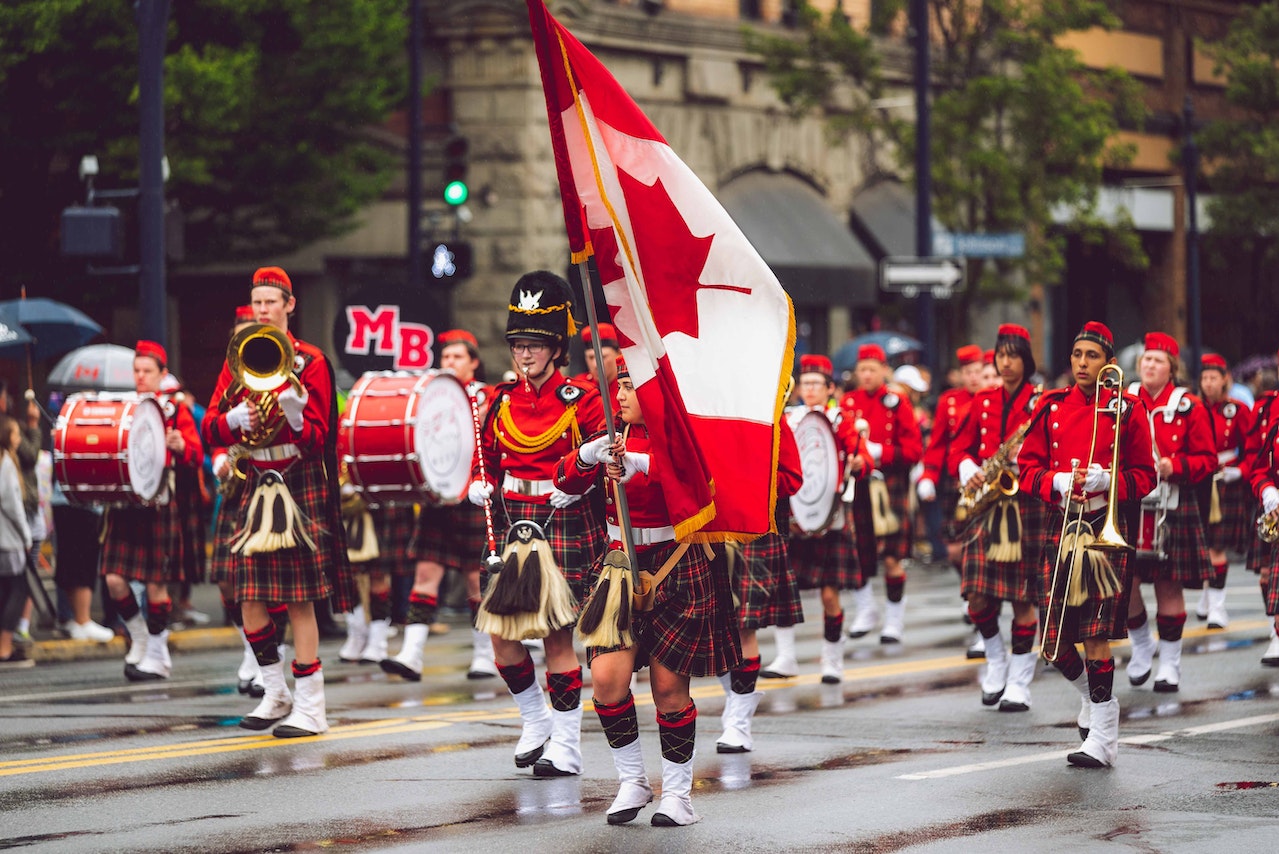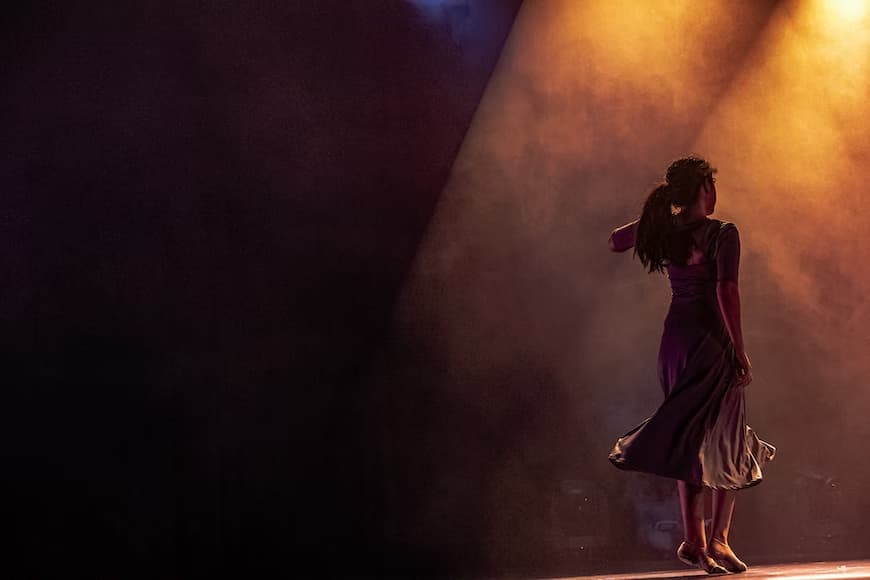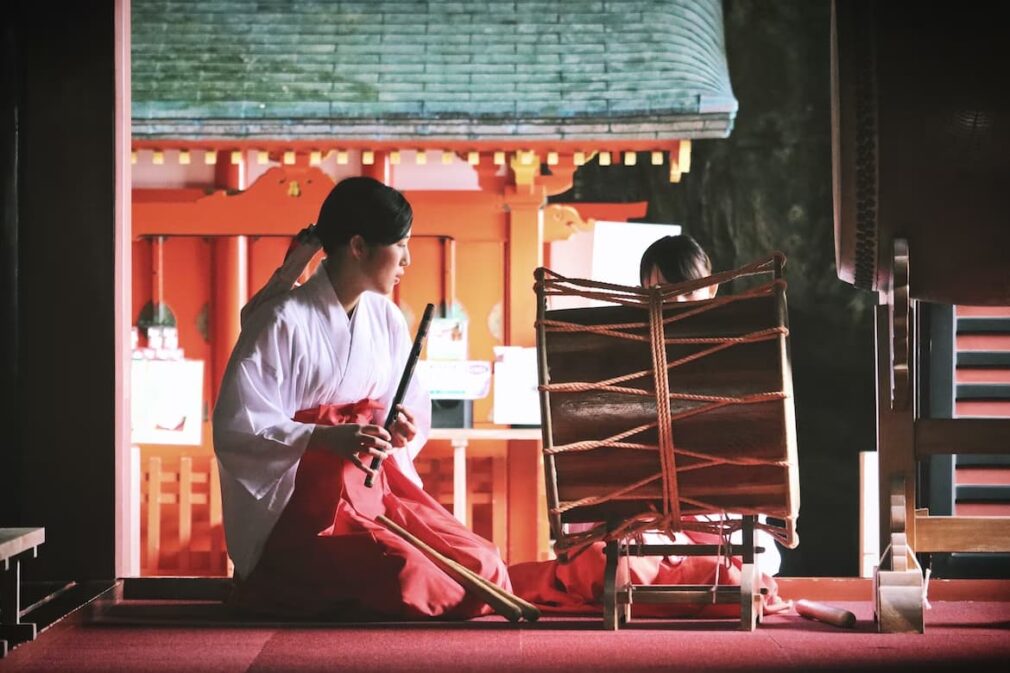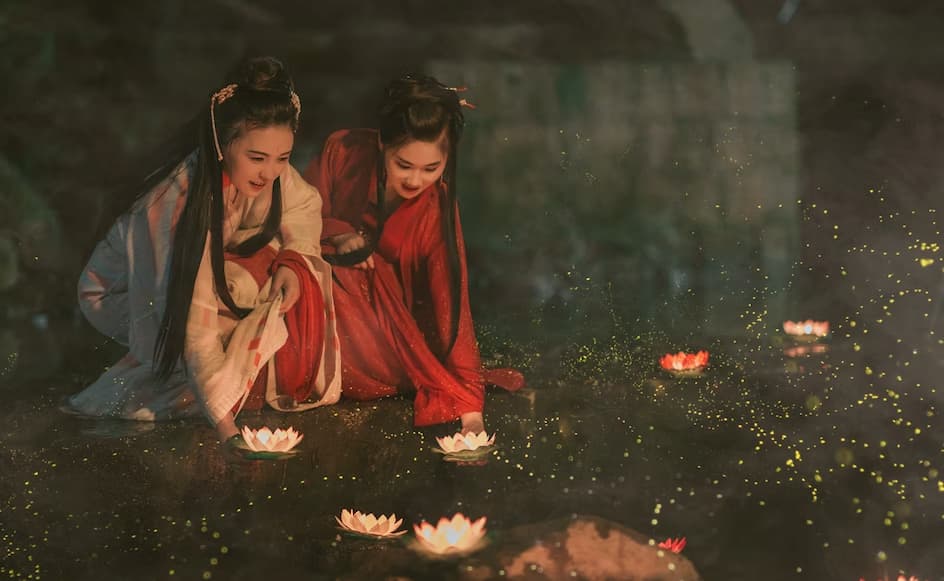Eco-Friendly Art Ideas for Dinosaur Party Decorations Made in Canada
2025-02-04 | Art | No Comments

Dinosaur-themed parties are a roaring hit among kids and adults alike! But while these celebrations bring excitement, they can also generate a lot of waste. Choosing eco-friendly, Canadian-made decorations is a great way to make your party both fun and sustainable. From biodegradable balloons to handmade wooden dino props, there are plenty of creative and green options to explore. Let’s dive into the best eco-conscious ideas for a prehistoric party with a Canadian touch!
Why Choose Eco-Friendly Decorations
Opting for eco-friendly party decorations is a great way to celebrate while reducing environmental impact. Traditional party supplies, like plastic balloons and disposable tableware, contribute to landfill waste and pollution. By choosing sustainable materials—such as recycled paper, biodegradable balloons, and reusable decorations—you can minimize waste and make a positive difference.
Supporting Canadian-made eco-friendly products also helps local businesses thrive while reducing carbon emissions from overseas shipping. Plus, many sustainable decorations are reusable, making them a cost-effective choice for future celebrations. A dinosaur party can be both exciting and environmentally responsible with the right choices!
Top Eco-Friendly Dinosaur Party Decoration Ideas
A dinosaur party doesn’t have to come at the expense of the environment. With a little creativity, you can bring the prehistoric world to life using sustainable, Canadian-made decorations. From upcycled banners to biodegradable party supplies, here are some fantastic ways to make your celebration both fun and eco-conscious.
Recycled Paper Banners and Invitations
Paper decorations can add a festive touch to any party, but store-bought options often contain plastic coatings or glossy finishes that aren’t recyclable. Instead, opt for banners and invitations made from recycled or handmade paper. Many Canadian artisans create beautiful, customizable dinosaur-themed invites using eco-friendly ink and sustainable materials. You can also get crafty and make your own banner by cutting dinosaur shapes from old magazines, newspapers, or recycled kraft paper.
Biodegradable Balloons and Confetti
Balloons are a staple at children’s parties, but traditional latex or foil balloons can take years to decompose. A great alternative is biodegradable latex balloons, which break down much faster and are available from various Canadian suppliers. Similarly, instead of using plastic confetti that can harm the environment, opt for confetti made from dried leaves or flower petals. These add a unique, natural touch to your party while being completely compostable.
Reusable Dinosaur-Themed Tableware
Instead of single-use plastic plates and cups, consider using bamboo or compostable tableware. Some Canadian brands offer reusable dinosaur-themed plates and fabric napkins that can be washed and used for future parties. Wooden cutlery and mason jars for drinks also add a rustic charm to the table setting while keeping things eco-friendly.
Handmade Wooden and Fabric Dino Decor
For decorations that are both sustainable and long-lasting, consider handcrafted wooden dinosaur figures or fabric bunting. Many Canadian artists create wooden dino centerpieces and fabric banners that can be repurposed for home décor after the party. Felt dinosaur garlands and plush toys also make adorable, reusable decorations that double as keepsakes for kids.
DIY Upcycled Dino Crafts
Hosting a craft station during the party can be a fun and interactive way to reduce waste. Encourage kids to make their own dinosaur masks from recycled cardboard, or create dino footprints using non-toxic paints and old fabric. Not only does this add a creative touch to the party, but it also helps minimize the need for store-bought, disposable decorations.
Where to Buy Canadian-Made Dinosaur Decorations
Finding eco-friendly dinosaur decorations made in Canada is easier than ever, thanks to local businesses committed to sustainability. Many online stores and independent artisans offer handmade and biodegradable party supplies, ensuring that your celebration is both stylish and environmentally responsible.
For a wide selection of dinosaur birthday party decorations, Pretty Day provides eco-conscious options, including recyclable banners, biodegradable tableware, and reusable dino-themed décor. You can also explore Canadian marketplaces like Etsy, where local creators offer unique, handcrafted items such as wooden dinosaur centerpieces and felt bunting.
If you prefer in-person shopping, check out local party supply stores that focus on sustainable products. Many eco-friendly shops across Canada carry compostable balloons, recycled-paper invitations, and reusable decorations that make a lasting impact—without harming the planet. Choosing Canadian-made decorations not only supports local businesses but also reduces shipping-related carbon emissions, making your party even greener.
Final Tips for a Sustainable Dino Party
Hosting an eco-friendly dinosaur party is all about making mindful choices that reduce waste while keeping the celebration fun. Here are a few final tips to ensure your party is as sustainable as possible:
- Repurpose decorations – Choose items that can be reused for future parties or as kids’ room décor.
- Minimize single-use plastics – Opt for compostable or reusable tableware instead of disposable options.
- Encourage DIY activities – Get guests involved with eco-friendly craft stations using recycled materials.
- Reduce food waste – Plan portion sizes carefully and donate or compost leftovers.
- Gift sustainably – Suggest experience-based gifts or items with minimal packaging.
Conclusion
Throwing a dinosaur-themed party doesn’t have to come at the expense of the environment. By choosing Canadian-made, eco-friendly decorations and making mindful choices, you can create a fun and memorable celebration while reducing waste. From biodegradable balloons to reusable tableware, every small change makes a difference. With a little creativity, your dino party can be both exciting and sustainable—proving that going green never goes extinct!

